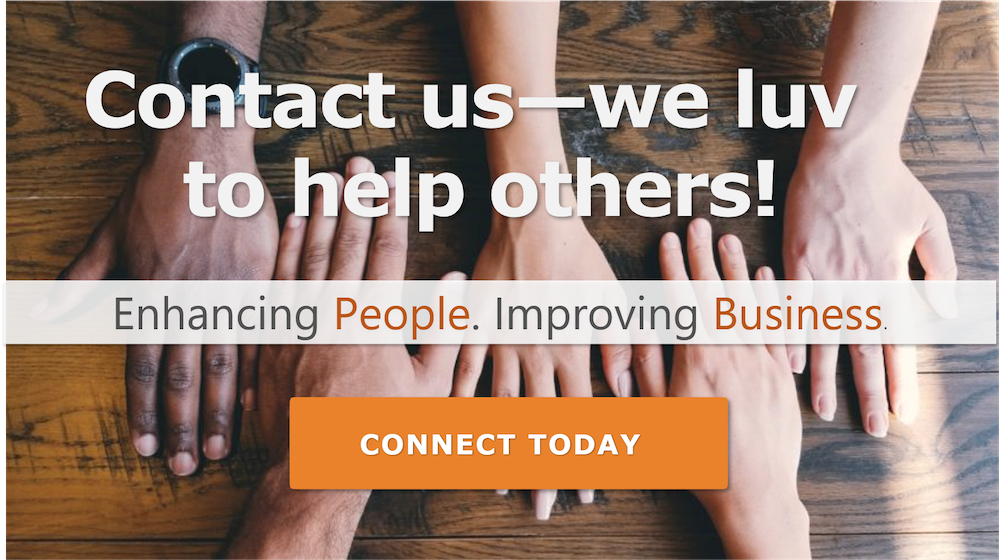Next week is #random act of kindness week. It is a worldwide celebration that encourages people to make society a better place to live. It is a week where you can turn kind, helpful thoughts into action. Take the extra time to value someone and show your appreciation or help someone in need.
Can you remember the last time you did something nice for someone without them asking? A "just because" kind of act that you did, expecting nothing in return?
It's human nature to want to help people in need, but as busy humans, we tend to help when it's convenient. When you help someone, you do much more than simply lend a hand. You are improving your health and well-being. You are acting as a role model to the people around you. You are adding joy to the lives of everyone who sees you volunteering.
Transformation is a process that begins by rolling the ball uphill until you reach a plateau, once there, it only takes a nudge to get the ball rolling down the other side picking up momentum as it goes.
A Company Culture of Giving Back –
Why employees don't buy into volunteering
You already know the importance of having a solid company culture. One in which employees feel appreciated and respected by coworkers to supervisors and up the chain to the CEO.
A happy company culture benefits the company by:
• Improving employee well-being
• Increasing job satisfaction
• Increases retention rates
• Helping employees view their work as valuable
• Reducing the amount of sick time used
Creating this culture takes time and effort. You must know what your employees want most and then offer those things. It requires hiring people who align with your company's mission and values.
Employee volunteering is another way companies have found to improve company culture and support employee well-being while also positively impacting the community.
"Research shows that being the volunteer, being the recipient of kindness, or just witnessing the act positively affects people's mental health."
.png?width=600&name=Calendar%20%20(600%20%C3%97%20400%20px).png)
But employees don't always buy into volunteer programs. There are several reasons for this, but research from the Social Good Connect gives these as the top three:
1. They don't know the company signed up to volunteer
If you've decided to commit to volunteering, make sure you talk about it, write about it, and get the word out.
Try a company rally. You don't have to use cheerleaders as they did in high school, but gathering people together invites discussion.
2. They don't know why they should care
How does getting involved in volunteer work benefit them? Maybe they haven't seen the need in the community that the non-profit alleviates.
Bring awareness to the needs of the community. Stories sell. Tell a story about the "why." Why the charity has been chosen, and discuss how volunteering will support the effort.
Find out what causes employees are interested in. Create a volunteer program where employees have already invested in the cause.
3. They know, and they care but feel overwhelmed already
Feeling overwhelmed by their current workload and fear of falling behind are substantial barriers to getting people to sign up to volunteer. Companies can help mitigate the stress by offering paid time to volunteer.
People want to volunteer their time to a cause they care about, and they almost always choose a charity that has impacted their lives somehow.
People get involved in volunteer work because:
• They want to contribute to a cause in which they believe
• They want to meet social expectations
• They want to learn new skills
• They are motivated by a desire for change
• They enjoy the social aspect of the work
Why You Should Start an Employee Volunteer Program
A recent study conducted by Deloitte revealed that employers who encourage and promote volunteering improve the workplace atmosphere and enhance the perception of their brand by employees and consumers.
The study found that a whopping 89% of employees think organizations that sponsor volunteer programs have a better overall working environment. They believe it opens more opportunities for advancement and
a chance to learn new skills.
Volunteer programs are also great ways to build a bridge between employees and the community and help the company learn how it can best address community needs.
Companies work hard to differentiate themselves. They want their market to see their value, and they want potential employees to know they are getting more than a paycheck.
And when employees benefit so does the company. Companies have begun to realize this and over the last several years, they have increased their focus on corporate responsibility.
Rather than (or in addition to) giving cash donations to charities, they are more strategic about contributions and address specific needs of the local community when determining how they can help.
7 Ways Employee Volunteer Programs benefit
the company:
• Increasing brand awareness
• Increasing employee engagement
• Getting insight into the current social/political landscape
• Creating an opportunity to network with organizations that may want to work with you in the future
• Building a positive reputation
• Providing an opportunity for professional development by learning new skills
• Establishing a company culture that provides a sense of fulfillment and purpose to employees.
According to the Deloitte study, only 40% of employees surveyed said their employers offered a company volunteer program. And 70% of employees stated they were not volunteering as much as they would like to because they don't have the time during the day to do so.
To encourage reluctant employees to participate, create an atmosphere where volunteering is incorporated into the workplace environment.
Doing so allows businesses, professionals and communities to benefit while supporting employees' personal and career development and boosting their sense of well-being.
There are a few things you can do to encourage employees to volunteer.
1. Communicate, talk, shout, post and discuss volunteer opportunities.
2. Provide paid time off to volunteer.
3. Offer a variety of options.
4. Plan incentives.
5. Know the value of your volunteers – don't see their work as "free labor."
6. Create teams and assign leadership roles.
7. Reward good deeds.
8. Make signing up simple – like zero hassle.
Creating an employee volunteering program that integrates the company's core values and celebrates its volunteers while meeting the community's needs is an excellent way to establish a more purpose-driven and engaged workforce.
When you partner with Ulliance, our Life Advisor Consultants are always just a phone call away to teach ways to enhance your work/life balance and increase your happiness. The Ulliance Life Advisor Employee Assistance Program can help employees and employers come closer to a state of total well-being.
Investing in the right EAP or Wellness Program to support your employees will help them and help you. Visit www.ulliance.com, or call 866-648-8326.
The Ulliance Employee Assistance Program can address the
following issues:
• Stress about work or job performance
• Crisis in the workplace
• Conflict resolution at work or in one’s personal life
• Marital or relationship problems
• Child or elder care concerns
• Financial worries
• Mental health problems
• Alcohol/substance abuse
• Grief
• Interpersonal conflicts
• AND MORE!
References
business.com member. (2021, November 16). Want a Better Workplace? Encourage Employees to Volunteer. Retrieved from Business INsider: https://www.businessnewsdaily.com/10007-encourage-employee-volunteer-work.html#:~:text=An%20employee%20volunteer%20program%20can%20help%20improve%20the,gives%20employees%20a%20chance%20to%20find%20common%20ground.
Deloitte Volunteer Impact Research. (2017). Retrieved from Deloitte: https://www2.deloitte.com/us/en/pages/about-deloitte/articles/citizenship-deloitte-volunteer-impact-research.html?nc=1
Employee Volunteering: Three reasons why employees don’t always sign up. (2020, November 20). Retrieved from Social Good Connect: https://socialgoodconnect.org/volunteering-employee-engagement/
Mary Galligan Mathieu, L. W.-W.-W. (n.d.). Developing Excellence in workplace Volunteer Programs: Guidelines for Success. Retrieved from United Way: https://www.unitedwayjwc.org/sites/unitedwayjwc.org/files/Developing_Excellence__Workplace_Volunteer_Programs.pdf
Moore, H. (2021, April 8). How to create a strong company culture with employee volunteering. Retrieved from Social Good Connect: https://socialgoodconnect.org/company-culture-volunteering/


